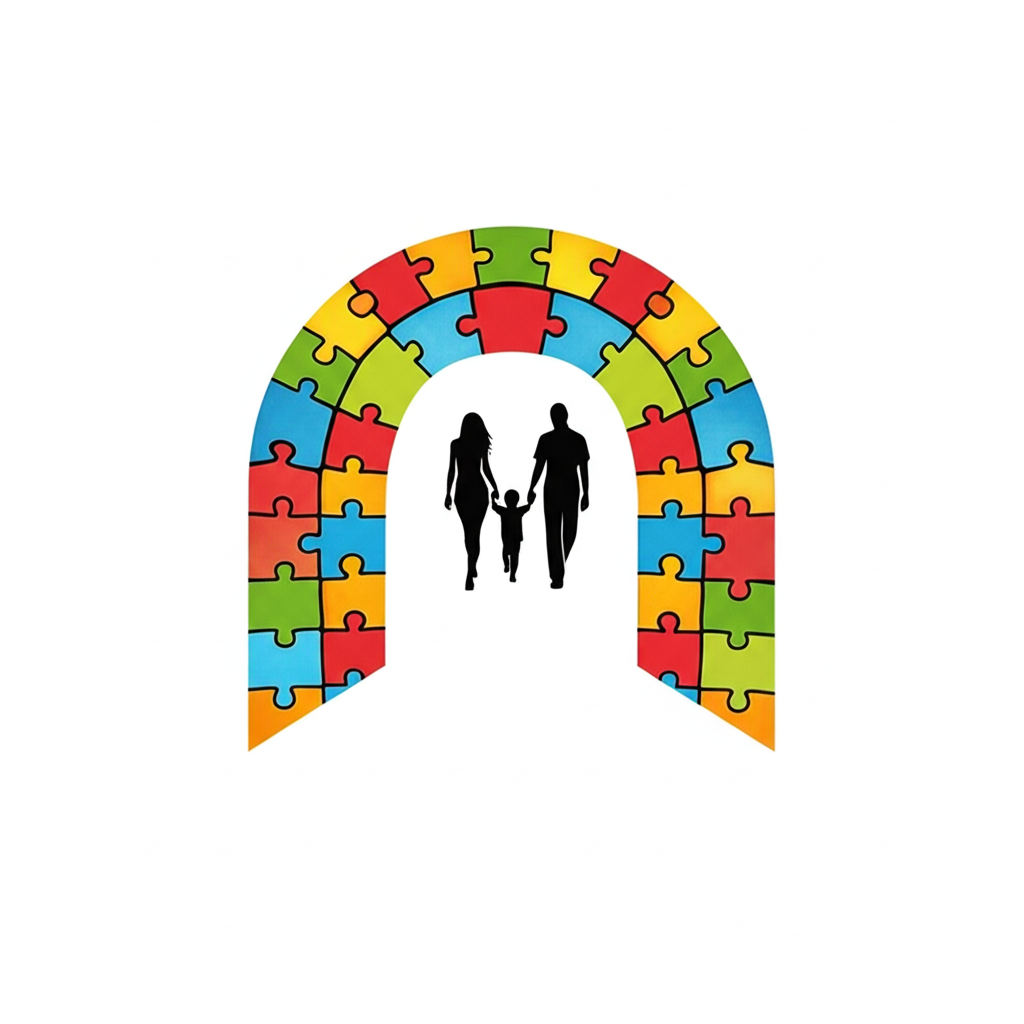Autism Behavior Development Counseling isn’t a single technique—it’s a personalized roadmap that turns today’s challenging moments into tomorrow’s mastered skills. Built on the principles of Applied Behavior Analysis (ABA), the process starts with a deep-dive assessment: what triggers a meltdown, what motivates interaction, which tiny victories (like making eye contact for a full second) can be shaped into bigger ones.
Parents aren’t spectators; they’re co-therapists. Parent-Management Training equips caregivers with the ABC toolkit—Antecedent, Behavior, Consequence—so the strategies travel from clinic to kitchen to grocery store.
A board-certified behavior analyst (BCBA) then writes goals across communication, social reciprocity, self-care and academics, breaking each skill into micro-steps that feel doable rather than overwhelming.
Sessions weave together evidence-based styles:
-
Pivotal Response Training embeds learning in the child’s favorite play so that asking for the blue car becomes a language lesson .
-
Discrete Trial Teaching rehearses new routines in short, clear bursts with immediate celebration—stickers, high-fives, or 30 seconds with a glitter wand.
-
Cognitive-Behavioral modules tackle co-occurring anxiety or irritability, teaching emotion-regulation scripts and “calming thoughts” kids can recite when the cafeteria gets too loud.
Parents aren’t spectators; they’re co-therapists. Parent-Management Training equips caregivers with the ABC toolkit—Antecedent, Behavior, Consequence—so the strategies travel from clinic to kitchen to grocery store.
Data sheets track progress weekly, ensuring the program pivots as fast as the learner grows.
The end game? Replace problem behavior with functional skills, yes—but also amplify the interests that make each autistic person unique.
When scripting, stimming and laser-focus are redirected toward coding a Minecraft mod or perfecting a free-throw, counseling evolves into empowerment—proof that behavior science, delivered with heart and humility, builds not just compliance but confidence and self-declared identity.
“Recognizing the diverse ways autism presents itself is the first step towards understanding and support.”
Down the Autistic Tunnel

